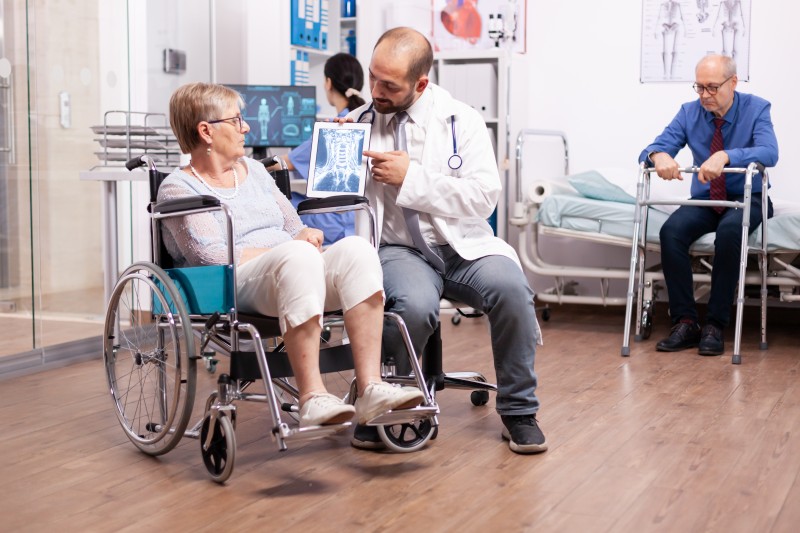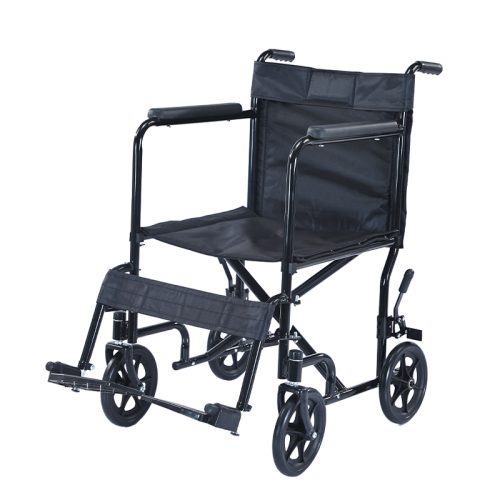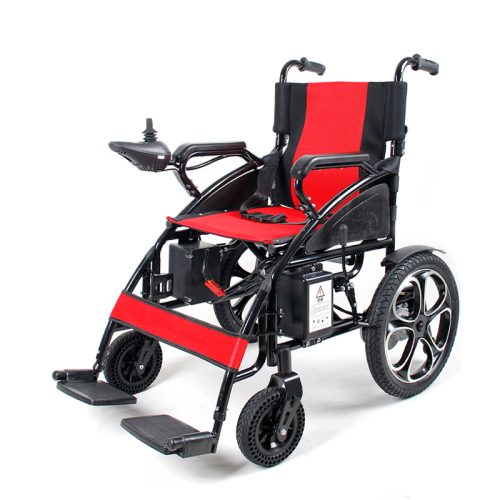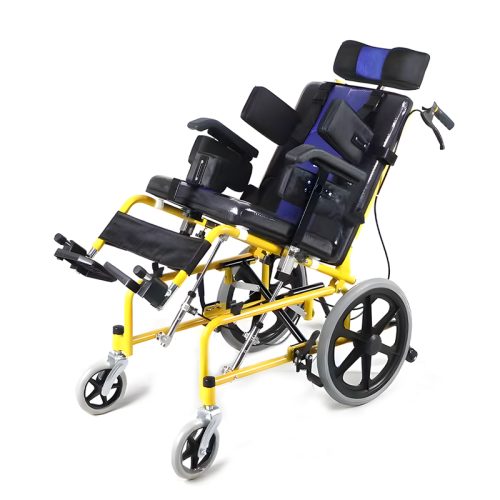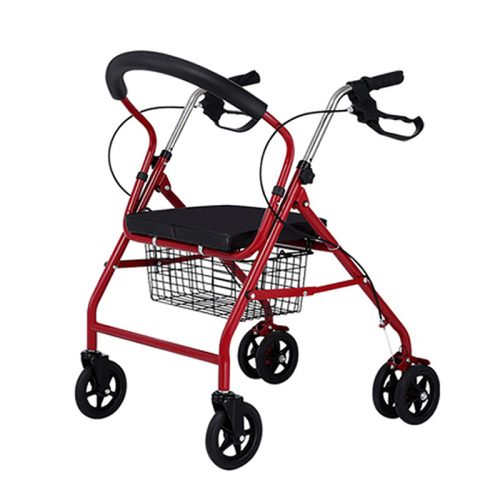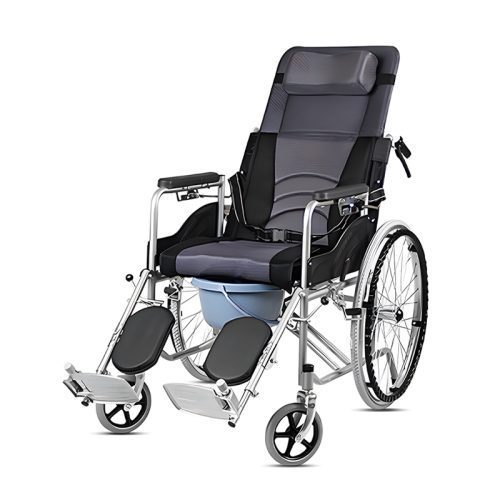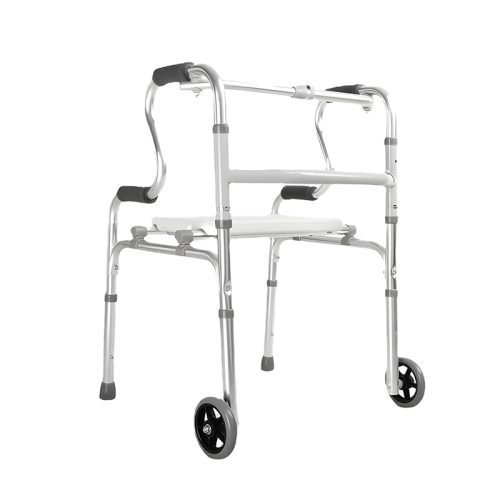
- Rollstuhl
Analyse des Rollstuhlmarktes der Demokratischen Republik Kongo (DRC) 2025: Strategische Einblicke für Händler von medizinischen Geräten
- Unter kelingmedical
1. DRC Wheelchair Market Overview (2025–2030)
Market Size & Demand
The Democratic Republic of Congo needs 28,000 wheelchairs annually by 2025 and will fulfill 92% of this demand through imported products because of inadequate local production capabilities.
Market analysts predict a 7.8% compound annual growth rate through 2030 which will be powered by aging populations alongside better healthcare access and post-conflict rehabilitation programs.
Key Demand Drivers
WHO statistics show that 12% of people in the DRC experience mobility impairments.
The government has allocated additional funding for disability-inclusive healthcare initiatives under its National Health Development Plan.
International aid programs focus on distributing mobility aids through NGO partnerships in rural areas.
2. Market Entry Challenges & Solutions
Logistische Hürden
A mere 20% of roads in the region are paved which makes delivering goods to final destinations more difficult.
The import clearance process takes an average of 14–21 days which demands proactive planning in logistics operations.
Einhaltung von Vorschriften
Medical devices need to meet all criteria set by the DRC Ministry of Health registration process which consists of product testing requirements and French-language labeling standards.
Strategic Recommendations
Establish collaborations with hospitals and NGOs to enhance distribution efficiency.
Develop wheelchair designs that are both lightweight and durable for effective use on rough terrains.
3. Distribution Channel Analysis
Primary Channels
Government Tenders: Public hospitals and rehabilitation centers procure 45% of wheelchairs through government tenders.
Private Healthcare Providers: 30% market share, focusing on urban clinics.
NGO Procurement: International aid organizations such as UNICEF and Red Cross account for 25% of NGO procurement.
Pricing Trends
The market for basic manual wheelchairs leads demand with 75% of imports while the unit price ranges between $120 and $180.
Electric wheelchairs hold only a 5% market share due to their expensive price tags and the scarcity of maintenance services.
4. Competitive Landscape
The supplier network within the region remains divided as 80% of distribution networks serve local markets exclusively.
International brands have minimal market presence because medical equipment import duties stand between 15–20%.
Opportunity for Distributors: Localized warehousing along with French-speaking sales teams will enable distribution companies to gain 15–20% market share over three years.
5. 2030 Growth Projections
Market value predictions show a rise to $12.7 million by 2030 from $8.2 million in 2025.
Urban centers show increasing demand for pediatric and bariatric wheelchair models.
Schlussfolgerung
Medical equipment distributors who can tackle the regulatory and logistical challenges of the DRC will discover an untapped market opportunity in its wheelchair sector. Medical equipment distributors who partner with local businesses and focus on affordable and long-lasting products will achieve a strong market position in this rapidly expanding sector.
FAQ-Abschnitt
Q1: How many wheelchair units does the DRC currently import annually? A: The DRC imports about 28,000 wheelchairs each year as of 2025 with manual wheelchairs forming the majority of these imports.
Q2: The DRC’s highest demand regions for products are Kinshasa followed by Lubumbashi and Goma. A: The largest demand regions for wheelchairs in the DRC are Kinshasa at 35%, Lubumbashi at 20%, and Goma at 15%.
Q3: Does the DRC government provide tax benefits to medical equipment importers? A: The DRC government provides an 8% VAT reduction for medical devices that receive WHO approval.
Q4: How long does product registration take? A: The standard registration timeline ranges from 6 to 8 months but partnering with a local compliance expert can shorten this timeframe.
Contact Keling Medical Today
Unlock the DRC’s wheelchair market with a trusted partner. Keling Medical offers:
End-to-end distribution support
Regulatory compliance expertise
Customized product recommendations
📧 E-Mail: inquiry@shkeling.com
🌐 Website: www.shkeling.com.cn
Act Now: Limited slots available for 2025 partnership agreements!

